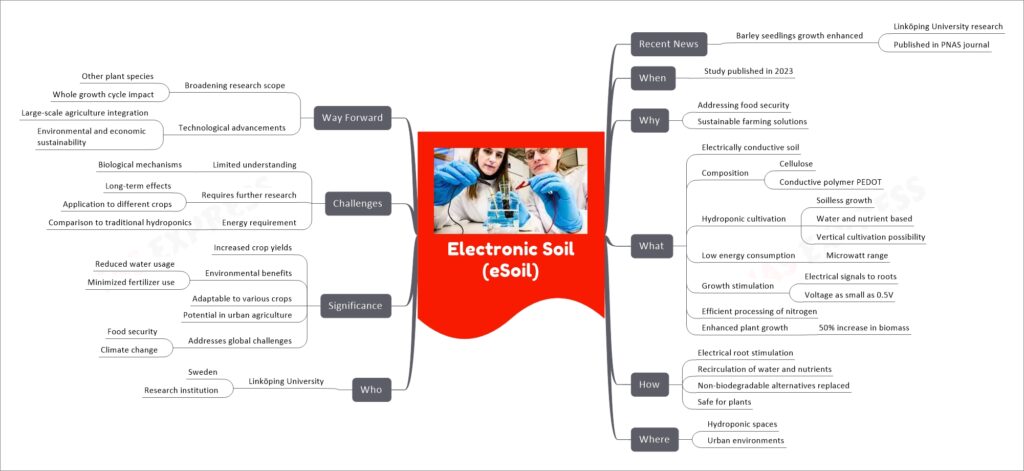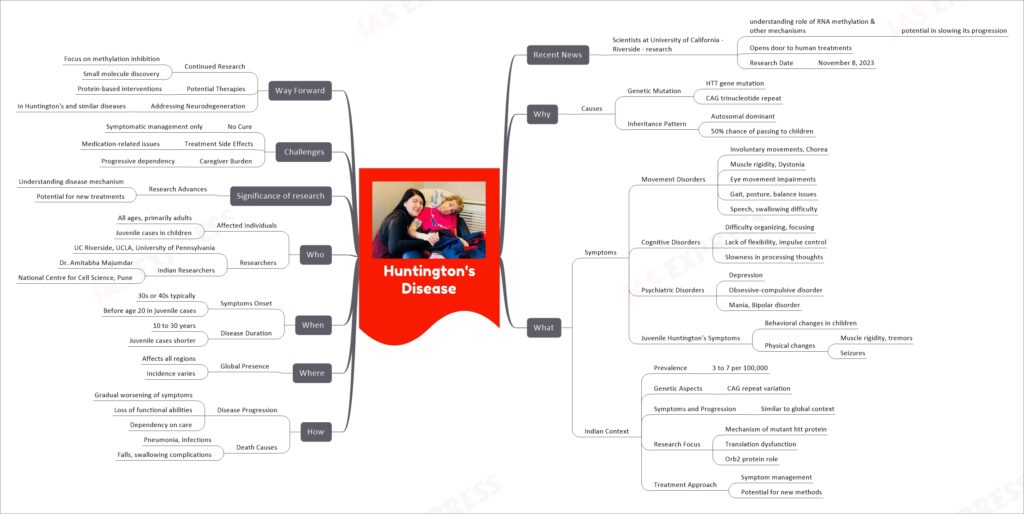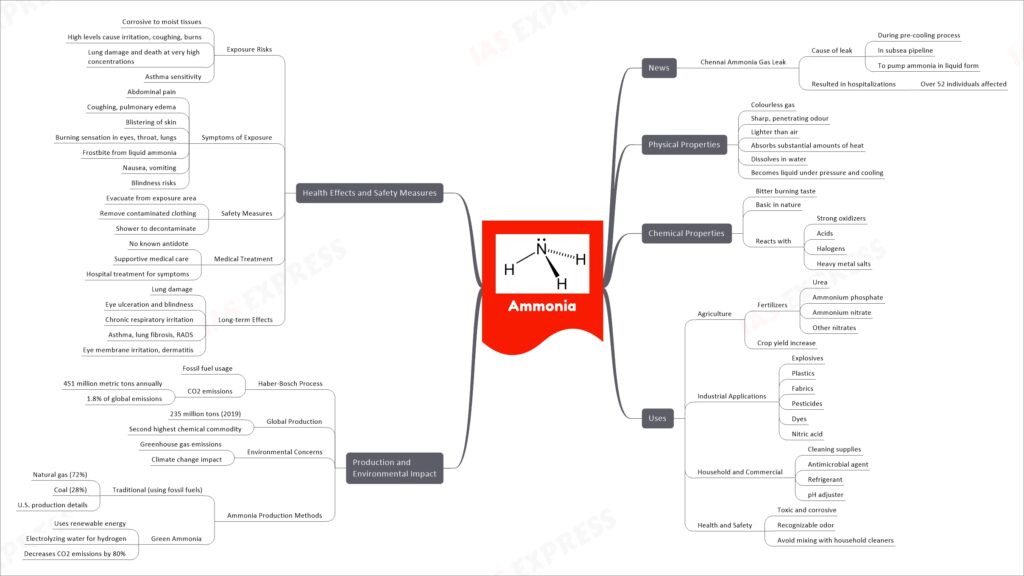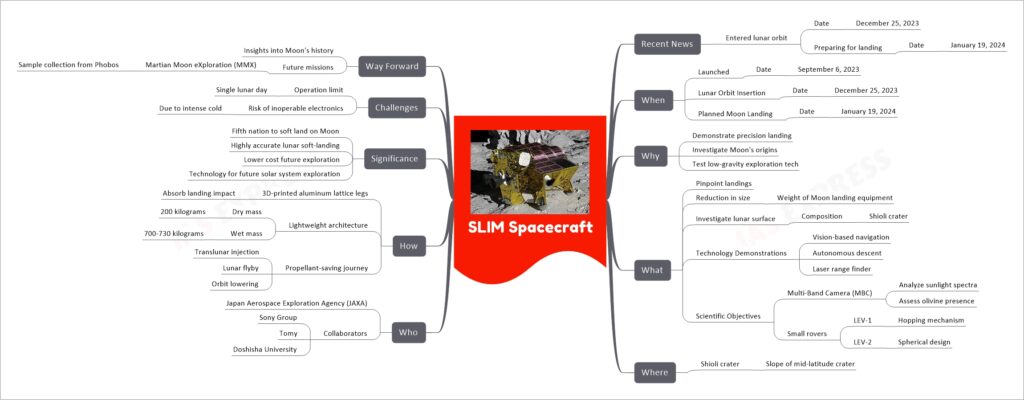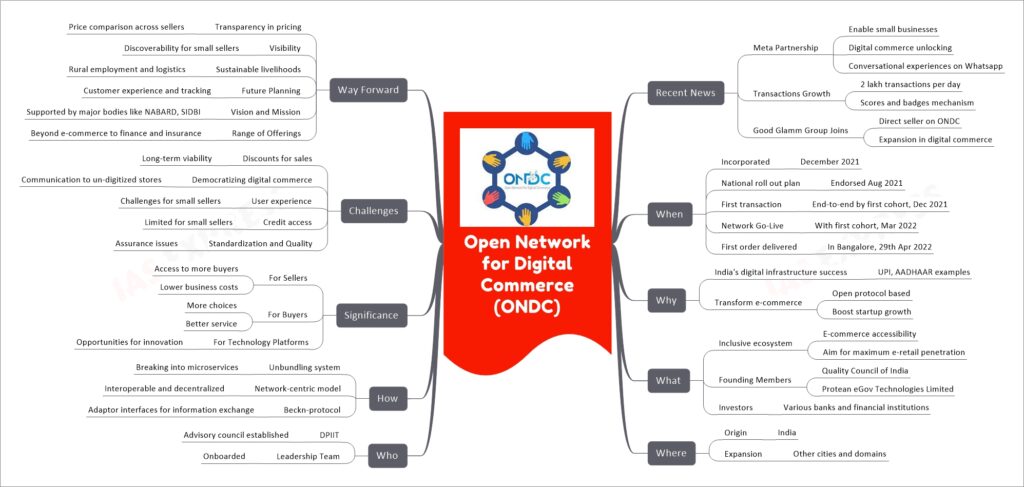[Newsbits] 29.12.2023: eSoil, ONDC, UPI Tap & Pay and more

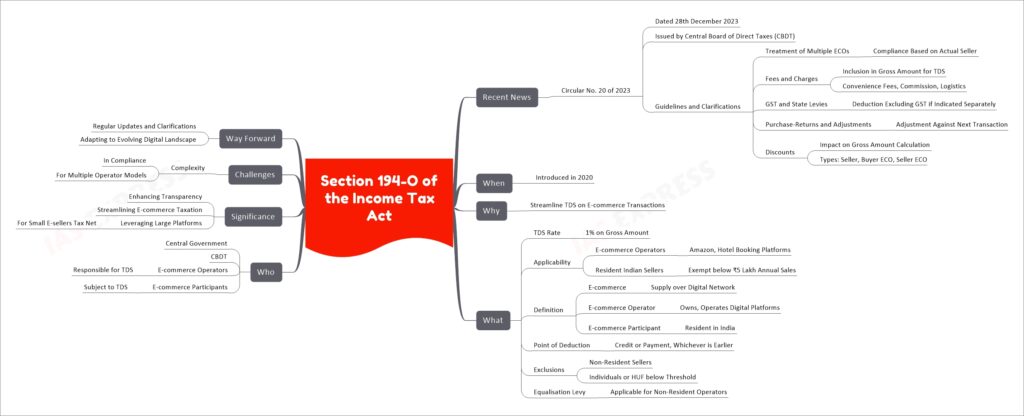
Section 194-O of the Income Tax Act, introduced in 2020, mandates e-commerce operators in India to deduct Tax Deduction at Source (TDS) at a rate of 1% on the gross amount of sales or services facilitated through their digital platforms. It covers resident Indian sellers and enterprises, termed e-commerce participants, and exempts those with annual sales below ₹5 lakh. The provision aims to streamline the taxation process for e-commerce transactions, enhancing transparency and compliance in the digital economy. The guidelines issued by the Central Board of Direct Taxes (CBDT) address various aspects of TDS deduction, including the treatment of fees, GST, purchase-returns, and discounts, ensuring clarity for multiple e-commerce operator models.
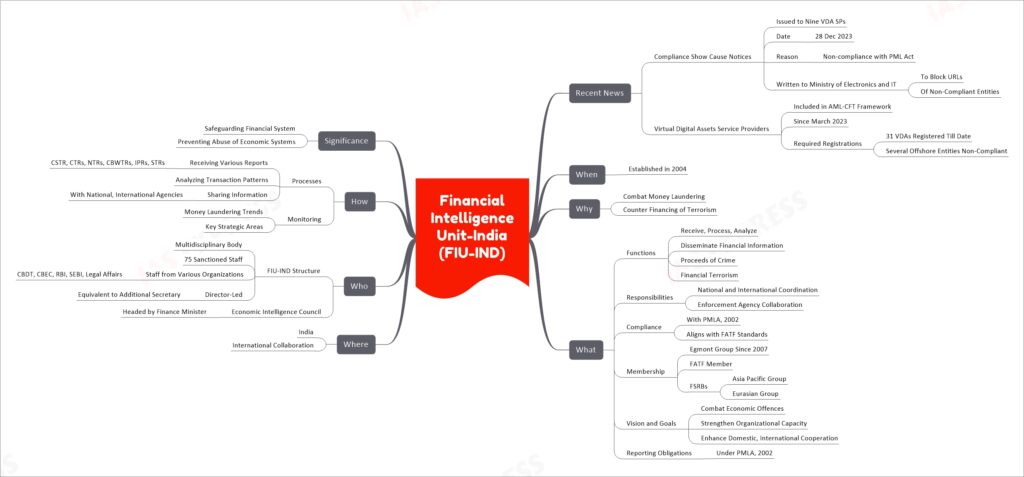
The Financial Intelligence Unit-India (FIU-IND) is a statutory body set up by the Government of India in 2004. It functions as the central national agency responsible for receiving, analyzing, and disseminating information about suspect financial transactions. FIU-IND is crucial in the fight against money laundering and terrorist financing. It operates under the directives of the Prevention of Money Laundering Act (PMLA) of 2002 and aligns with international standards set by bodies like the Financial Action Task Force (FATF). Recently, FIU-IND has been actively issuing compliance notices to offshore Virtual Digital Assets Service Providers for not adhering to the regulations of the PML Act.
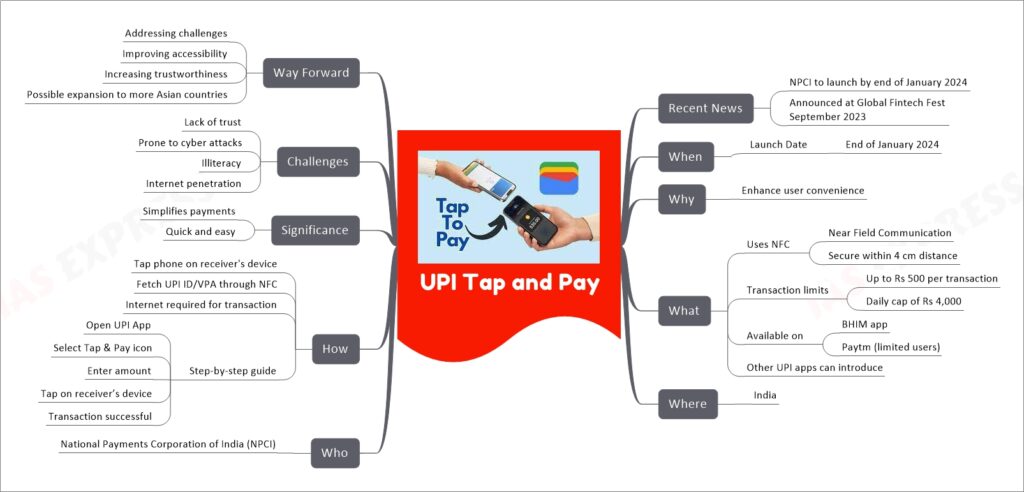
UPI Tap and Pay is a forthcoming feature introduced by the National Payments Corporation of India (NPCI), set to launch by the end of January 2024. This innovative payment method utilizes NFC (Near Field Communication) technology, allowing users to make transactions by tapping their smartphones against a receiver’s device. It is designed for transactions up to Rs 500, with a daily cap of Rs 4,000. Currently, this feature is available on BHIM and Paytm (for limited users), with other UPI apps also having the option to introduce it. While it aims to enhance user convenience and quicken the payment process, challenges like lack of trust, vulnerability to cyber-attacks, illiteracy, and limited internet penetration remain. Future prospects include more widespread adoption and possible expansion to other Asian countries.
Introduction
In 2023, the world of agriculture witnessed a groundbreaking discovery that holds the promise of addressing crucial global challenges—food security and climate change. Researchers at Linköping University unveiled the remarkable potential of Electronic Soil (eSoil), an innovative concept with the potential to revolutionize farming as we know it. This article delves into the ‘what,’ ‘why,’ ‘how,’ ‘where,’ and ‘who’ of eSoil, examining its significance, challenges, and the way forward.
What is eSoil?
eSoil is an electrifying breakthrough in agriculture. It involves the creation of electrically conductive soil, combining cellulose and conductive polymer PEDOT. This unique composition allows for hydroponic cultivation, a method that eliminates the need for traditional soil, relying instead on a water and nutrient-based system. Key components of eSoil include:
- Electrically conductive soil: Combining cellulose and conductive polymer PEDOT.
- Hydroponic cultivation: Soilless growth with water and nutrient-based systems, offering vertical cultivation possibilities.
- Low energy consumption: Operates in the microwatt range.
- Growth stimulation: Delivers electrical signals to plant roots, with voltages as small as 0.5V.
- Efficient nitrogen processing: Optimizes nutrient utilization.
- Enhanced plant growth: Demonstrated a remarkable 50% increase in biomass.
Why eSoil?
eSoil emerges as a vital solution to address the pressing issues of food security and sustainability in agriculture. The motivations behind its development include:
- Addressing food security: Ensuring a stable and sufficient food supply for the growing global population.
- Sustainable farming solutions: Promoting eco-friendly practices in agriculture to combat climate change.
How does eSoil work?
eSoil’s success is attributed to its unique methods:
- Electrical root stimulation: By delivering electrical signals to plant roots, it enhances growth.
- Recirculation of water and nutrients: Minimizes resource wastage.
- Non-biodegradable alternatives replaced: A sustainable approach.
- Safe for plants: eSoil poses no harm to plant health.
Where can eSoil be used?
The adaptability of eSoil makes it suitable for various settings:
- Hydroponic spaces: Ideal for controlled indoor environments.
- Urban environments: Offers the potential for sustainable urban agriculture.
Who is Behind eSoil?
Linköping University in Sweden, a renowned research institution, stands at the forefront of eSoil’s development.
Significance of eSoil
eSoil’s potential impact on agriculture and the environment is significant:
- Increased crop yields: Offers a promising solution to global food production challenges.
- Environmental benefits: Reduces water usage and minimizes fertilizer use, contributing to sustainability.
- Adaptable to various crops: Versatility in application.
- Potential in urban agriculture: Addresses the need for sustainable urban food production.
- Addresses global challenges: Tackles food security and climate change head-on.
Challenges and the Way Forward
While eSoil holds immense promise, it is not without challenges:
- Limited understanding: More research is needed to fully grasp the biological mechanisms at play.
- Requires further research: The long-term effects and applicability to different crops require extensive investigation.
- Energy requirement: Comparing energy consumption to traditional hydroponics is essential.
The way forward involves:
- Broadening research scope: Studying its impact on various plant species and considering the entire growth cycle.
- Technological advancements: Integrating eSoil into large-scale agriculture and ensuring both environmental and economic sustainability.
Conclusion
Electronic Soil (eSoil) is not merely a scientific marvel but a beacon of hope for sustainable agriculture. Its ability to boost crop yields, conserve resources, and mitigate environmental impacts makes it a game-changer in the quest for a brighter, greener future in farming. With ongoing research and technological advancements, eSoil promises to revolutionize agriculture and contribute significantly to addressing global challenges.
Simplified Explanation
Huntington’s disease is a rare, inherited disorder that causes the progressive breakdown of nerve cells in the brain, leading to movement, cognitive, and psychiatric disorders. Recent research has shown potential in slowing its progression through understanding the genetic mechanisms involved, particularly focusing on the role of RNA methylation. There’s no cure, but treatments focus on managing symptoms. The disease typically manifests in the 30s or 40s, with a juvenile form appearing earlier. It’s caused by a genetic mutation in the HTT gene, following an autosomal dominant inheritance pattern. In India, the disease affects 3 to 7 people per 100,000, with research focusing on mutant huntingtin protein and potential new treatments.
Comprehensive Explanation
Introduction
In the world of medical science, a ray of hope has emerged for those battling Huntington’s Disease. Recent research conducted by scientists at the University of California – Riverside has shed light on promising developments in the understanding and potential treatment of this devastating neurodegenerative disorder. This article will explore the causes, symptoms, impact, and potential therapies for Huntington’s Disease, as well as the challenges it presents.
What is Huntington’s Disease?
Huntington’s Disease is a hereditary neurological disorder that causes progressive degeneration of nerve cells in the brain. It is characterized by a range of physical, cognitive, and psychiatric symptoms. Key aspects of the disease include:
- Genetic Mutation: Caused by a mutation in the HTT gene, characterized by a CAG trinucleotide repeat.
- Inheritance Pattern: Autosomal dominant, with a 50% chance of passing the mutated gene to offspring.
Symptoms of Huntington’s Disease
The disease manifests through a variety of symptoms, affecting different aspects of an individual’s life:
- Movement Disorders: Involuntary movements, muscle rigidity, eye movement impairments, and difficulties with gait, posture, and balance.
- Cognitive Disorders: Impaired organization and focus, lack of flexibility, and slowness in processing thoughts.
- Psychiatric Disorders: Depression, obsessive-compulsive disorder, mania, and bipolar disorder.
- Juvenile Huntington’s Symptoms: Behavioral changes in children, accompanied by physical symptoms such as muscle rigidity, tremors, and seizures.
Huntington’s Disease in the Indian Context
- Prevalence: Estimated at 3 to 7 cases per 100,000 individuals in India.
- Genetic Aspects: CAG repeat variation is consistent with global patterns.
- Symptoms and Progression: Similar to the global context.
- Research Focus: Investigating the mechanism of the mutant htt protein, translation dysfunction, and the role of the Orb2 protein.
- Treatment Approach: Primarily focused on symptom management with potential for new methods.
How Does Huntington’s Disease Progress?
- Disease Progression: Symptoms worsen gradually, leading to a loss of functional abilities and increasing dependency on care.
- Causes of Death: Often attributed to pneumonia, infections, falls, and swallowing complications.
Where and When Does Huntington’s Disease Occur?
- Global Presence: Huntington’s Disease affects individuals in all regions, with varying incidence rates.
- Symptoms Onset: Typically in a person’s 30s or 40s, but can occur before age 20 in juvenile cases.
- Disease Duration: Can span from 10 to 30 years, with juvenile cases having a shorter duration.
Who is Affected by Huntington’s Disease?
- Affected Individuals: The disease can affect individuals of all ages, primarily adults, with juvenile cases impacting children.
- Researchers: Pioneering research is conducted by institutions such as UC Riverside, UCLA, University of Pennsylvania, and Indian researchers like Dr. Amitabha Majumdar at the National Centre for Cell Science in Pune.
Significance of Huntington’s Disease Research
- Research Advances: Progress in understanding the disease mechanism offers hope for potential new treatments.
Challenges and the Way Forward
- No Cure: Currently, there is no cure for Huntington’s Disease, and management primarily focuses on symptom control.
- Treatment Side Effects: Medications may have related issues.
- Caregiver Burden: Caregivers often face increasing challenges due to the progressive nature of the disease.
The Way Forward
- Continued Research: Ongoing exploration of methylation inhibition and the discovery of small molecules.
- Potential Therapies: Consideration of protein-based interventions.
- Addressing Neurodegeneration: Not only in Huntington’s Disease but also in similar neurodegenerative disorders like ALS and Spinocerebellar Ataxia.
Conclusion
The recent breakthroughs in Huntington’s Disease research offer a glimmer of hope to those affected by this devastating condition. While challenges remain, the dedication of researchers and advancements in understanding the disease mechanism bring us closer to potential therapies. As we continue to explore the intricacies of Huntington’s Disease, we remain committed to finding ways to alleviate the suffering of those afflicted by this relentless neurodegenerative disorder.
Summary
Ammonia is a colorless gas, lighter than air, with a sharp odor, and it dissolves in water. It’s widely used in agriculture as a fertilizer to increase crop yield and in various industries to produce explosives, plastics, and other chemicals. The production of ammonia, mainly through the Haber-Bosch process using fossil fuels, contributes significantly to CO2 emissions and global warming. However, green ammonia production methods using renewable energy sources are emerging to reduce these environmental impacts. Exposure to ammonia can be harmful, causing skin and lung irritation, coughing, and even blindness at high concentrations. It’s essential to evacuate the exposed area and decontaminate by removing clothes and showering. There is no antidote for ammonia exposure, so medical treatment focuses on symptom management. Long-term exposure can lead to serious health conditions like lung damage, chronic respiratory irritation, and eye problems.
Article
Introduction:
Ammonia is a versatile chemical compound with a wide range of applications across various industries. In recent news, a tragic incident in Chennai involving an ammonia gas leak has highlighted the importance of understanding the properties, uses, production methods, and safety measures associated with this compound. This article will delve into the world of ammonia, shedding light on its physical and chemical properties, uses, production processes, environmental impact, health effects, and safety precautions.
Physical Properties of Ammonia:
- Colorless Gas: Ammonia is a colorless gas, making it challenging to detect without specialized equipment.
- Sharp Odor: It possesses a sharp, penetrating odor that is easily recognizable even at low concentrations.
- Lighter than Air: Ammonia is lighter than air, causing it to rise when released into the atmosphere.
- Heat Absorption: It has the remarkable ability to absorb substantial amounts of heat from its surroundings.
- Solubility in Water: Ammonia readily dissolves in water, forming a highly alkaline solution.
- Liquid Form Under Pressure: When subjected to pressure and cooling, ammonia transforms into a liquid state.
Chemical Properties of Ammonia:
- Bitter Taste: Ammonia has a bitter burning taste, which can be detected in high concentrations.
- Basic Nature: It is a basic substance with a pH greater than 7.
- Reactivity: Ammonia reacts vigorously with various substances, including strong oxidizers, acids, halogens, and heavy metal salts.
Uses of Ammonia:
- Agriculture: Ammonia is a crucial component of fertilizers, including urea, ammonium phosphate, ammonium nitrate, and other nitrates, which contribute to increased crop yields.
- Industrial Applications: It finds applications in explosives, plastics, fabrics, pesticides, dyes, and the production of nitric acid.
- Household and Commercial: Ammonia is used in cleaning supplies, as an antimicrobial agent, refrigerant, and pH adjuster.
- Health and Safety: It serves as a toxic and corrosive substance with a recognizable odor, and it is essential to avoid mixing it with household cleaners.
Production and Environmental Impact:
- Haber-Bosch Process: The traditional method of producing ammonia involves fossil fuels, resulting in significant CO2 emissions, contributing to climate change.
- Global Production: In 2019, global production reached 235 million tons, making ammonia the second highest chemical commodity.
- Environmental Concerns: The production and usage of ammonia lead to greenhouse gas emissions and have a notable impact on climate change.
- Ammonia Production Methods: The emergence of “Green Ammonia” involves using renewable energy and electrolyzing water for hydrogen, reducing CO2 emissions by up to 80%.
Health Effects and Safety Measures:
- Exposure Risks: Ammonia is corrosive to moist tissues and can cause irritation, coughing, burns, lung damage, and even death at very high concentrations. It can also trigger asthma sensitivity.
- Symptoms of Exposure: Exposure may lead to abdominal pain, coughing, pulmonary edema, skin blistering, eye, throat, and lung irritation, frostbite, nausea, vomiting, and blindness risks.
- Safety Measures: In case of exposure, it is crucial to evacuate the area, remove contaminated clothing, and shower to decontaminate. Medical treatment primarily focuses on supportive care.
- Long-term Effects: Long-term exposure to ammonia can result in lung damage, eye ulceration and blindness, chronic respiratory irritation, asthma, lung fibrosis, and reactive airway dysfunction syndrome (RADS).
Conclusion:
Ammonia’s significance in various industries and its potential hazards underscore the need for strict safety protocols and environmentally friendly production methods. Understanding its properties, uses, and health effects is essential for both professionals working with ammonia and the general public to prevent accidents and mitigate risks associated with this versatile compound.
Summary
The SLIM Spacecraft, developed by Japan’s Aerospace Exploration Agency (JAXA), represents a significant step in lunar exploration. Launched in September 2023, SLIM’s primary goal is to achieve a highly accurate, pinpoint landing on the Moon’s surface, specifically targeting the Shioli crater. This innovative mission utilizes advanced technologies, such as vision-based navigation and lightweight architecture, to demonstrate precise lunar landing capabilities. With its successful landing, SLIM aims to set new standards in lunar exploration, potentially enabling more focused scientific investigations of specific lunar sites. The mission also aims to test technologies fundamental for future exploration within the solar system. The SLIM mission’s success could pave the way for more cost-effective and precise lunar missions, contributing significantly to our understanding of the Moon and beyond.
Article
In the realm of space exploration, the SLIM spacecraft has emerged as a remarkable project undertaken by the Japan Aerospace Exploration Agency (JAXA). This article delves into the intricacies of SLIM, its objectives, and significance.
When and Why SLIM Launched
- Launched Date: September 6, 2023
- Lunar Orbit Insertion Date: December 25, 2023
- Planned Moon Landing Date: January 19, 2024
SLIM’s mission is driven by a triad of objectives:
- Demonstrate Precision Landing: SLIM aims to showcase its ability to perform pinpoint landings on the lunar surface.
- Investigate Moon’s Origins: It seeks to uncover the mysteries surrounding the Moon’s origins, contributing to our understanding of the solar system’s history.
- Test Low-Gravity Exploration Tech: By testing cutting-edge low-gravity exploration technologies, SLIM paves the way for future lunar exploration missions.
What SLIM Does
SLIM’s capabilities are extensive and include:
- Pinpoint Landings: SLIM is engineered for pinpoint landings on the Moon’s surface, ensuring highly accurate touch-downs.
- Reduction in Size: It boasts a significant reduction in the size and weight of lunar landing equipment, making it more efficient and cost-effective.
- Investigate Lunar Surface: SLIM will analyze the lunar surface, with a particular focus on the composition of the Shioli crater, a mid-latitude crater.
- Technology Demonstrations: It showcases pioneering technology such as vision-based navigation, autonomous descent, and a laser range finder.
- Scientific Objectives: SLIM carries a Multi-Band Camera (MBC) to analyze sunlight spectra and assess the presence of olivine. Additionally, it deploys small rovers – LEV-1 with a hopping mechanism and LEV-2 with a spherical design – to conduct surface investigations.
Where and Who Is Involved
SLIM’s mission destination is the Shioli crater, located on the slope of a mid-latitude lunar crater. The project is spearheaded by the Japan Aerospace Exploration Agency (JAXA) and collaborates with notable entities such as the Sony Group, Tomy, and Doshisha University.
How SLIM Works
The spacecraft is equipped with several innovative features, including:
- 3D-Printed Aluminum Lattice Legs: These legs are designed to absorb the landing impact, ensuring a soft and precise touchdown.
- Lightweight Architecture: SLIM has a dry mass of 200 kilograms and a wet mass ranging from 700 to 730 kilograms, emphasizing its lightweight and efficient design.
- Propellant-Saving Journey: SLIM’s journey involves key phases, including translunar injection, lunar flyby, and orbit lowering, all designed to maximize propellant efficiency.
Significance and Challenges
The mission holds immense significance for space exploration, marking several milestones:
- Fifth Nation to Soft Land on Moon: If successful, Japan will join a select group of nations that have achieved a soft landing on the Moon.
- Highly Accurate Lunar Soft-Landing: SLIM’s precision landing technology is a valuable asset for future lunar exploration missions.
- Lower Cost Future Exploration: The reduction in equipment size and weight contributes to cost-effective space exploration.
- Technology for Future Solar System Exploration: SLIM’s innovations can be adapted for future missions beyond the Moon.
However, the mission is not without its challenges, including operating within a single lunar day and the risk of electronics becoming inoperable due to extreme cold conditions.
Way Forward
As SLIM continues its mission, it promises to provide insights into the Moon’s history. Additionally, its success will pave the way for future exploration missions, including the Martian Moon eXploration (MMX) project, which aims to collect samples from Phobos, one of Mars’ moons.
Summary
In simple terms, the Open Network for Digital Commerce (ONDC) is a digital project initiated by the Indian government to revolutionize e-commerce. It aims to create a more inclusive, open, and interoperable system for online commerce, similar to the transformative impact of UPI in digital payments. ONDC seeks to connect buyers, sellers, and service providers (like logistics and payments) through a common network, overcoming the limitations of current e-commerce platforms. This network-centric model enables greater participation of small sellers, enhances buyer choices, and fosters startup growth, addressing challenges like limited seller competitiveness and platform monopolization. However, it faces challenges such as scaling, standardizing quality, and improving user experience. The future of ONDC involves enhancing transparency, visibility for small sellers, sustainable livelihoods, and expanding its range of offerings.
Article
In the ever-evolving landscape of digital commerce, the Open Network for Digital Commerce (ONDC) stands out as a transformative force. This article delves into the intricacies of ONDC, its objectives, recent developments, and the road ahead.
Recent News: ONDC and Meta Partnership
The recent collaboration between ONDC and Meta (formerly Facebook) is making waves in the digital commerce sphere, with the following key highlights:
- Enable Small Businesses: This partnership aims to empower small businesses by providing them with the tools and resources to thrive in the digital commerce landscape.
- Digital Commerce Unlocking: ONDC, in association with Meta, is unlocking new dimensions of digital commerce, revolutionizing the way businesses operate online.
- Conversational Experiences on WhatsApp: Small businesses can now harness the power of conversational experiences on WhatsApp, creating a more personalized and engaging shopping journey.
Transactions Growth: Powering Digital Commerce – ONDC has witnessed a significant surge in transactions, with a staggering 2 lakh transactions per day. This growth is fueled by innovative strategies such as the introduction of scores and badges, creating a competitive and rewarding environment.
Good Glamm Group Joins ONDC – The inclusion of the Good Glamm Group as a direct seller on ONDC marks a pivotal moment in the platform’s expansion in the digital commerce landscape. This move promises to extend the reach of the platform and boost digital commerce in India.
Inception and Rollout
- Incorporated: ONDC was incorporated in December 2021, signaling its commitment to driving digital commerce in India.
- National Rollout Plan: The national rollout plan, endorsed in August 2021, set the stage for ONDC’s ambitious journey.
- First Transaction: The platform achieved its first end-to-end transaction by the first cohort in December 2021.
- Network Go-Live: ONDC went live with its first cohort in March 2022, ushering in a new era of digital commerce.
- First Order Delivered: ONDC celebrated its first successful order delivery in Bangalore on the 29th of April 2022, marking a significant milestone.
The Why and What of ONDC
Why ONDC?
- India’s Digital Infrastructure Success: ONDC is a testament to India’s digital infrastructure success stories, drawing inspiration from achievements like UPI and AADHAAR.
- Transforming E-Commerce: ONDC is built on open protocol principles, aiming to transform e-commerce by making it more accessible, efficient, and inclusive.
- Boosting Startup Growth: By providing a level playing field and access to a vast customer base, ONDC plays a pivotal role in boosting the growth of startups in the digital commerce sector.
What is ONDC?
- Inclusive Ecosystem: ONDC fosters an inclusive ecosystem, focusing on improving e-commerce accessibility and aiming for maximum e-retail penetration across India.
- Founding Members: Quality Council of India and Protean eGov Technologies Limited are the founding members, lending credibility and expertise to the platform.
- Investors: ONDC has garnered support from various banks and financial institutions, underlining the industry’s recognition of its potential.
Where and Who
- Origin: ONDC is proudly rooted in India, showcasing the nation’s commitment to digital commerce advancement.
- Expansion: ONDC’s vision extends beyond its origin, with plans for expansion into other cities and domains.
- DPIIT: The Department for Promotion of Industry and Internal Trade (DPIIT) plays a pivotal role, with an advisory council established to guide ONDC’s growth.
- Leadership Team: ONDC’s leadership team brings a wealth of experience onboard, ensuring the platform’s success.
How ONDC Operates
- Unbundling System: ONDC employs an unbundling system, breaking down complex processes into microservices for enhanced efficiency.
- Network-Centric Model: ONDC’s network-centric model is designed to be interoperable and decentralized, facilitating seamless interactions among stakeholders.
- Beckn-Protocol: The platform utilizes the Beckn-protocol, offering adaptor interfaces for information exchange, ensuring smooth communication.
Significance and Challenges
Significance of ONDC
- For Sellers: ONDC offers sellers access to a broader customer base, reducing business costs, and increasing profitability.
- For Buyers: Buyers benefit from a wider range of choices and better service quality, enhancing their shopping experience.
- For Technology Platforms: ONDC creates opportunities for innovation, spurring advancements in the digital commerce ecosystem.
Challenges Faced by ONDC
- Discounts for Sales: The long-term viability of discount-driven sales strategies poses a challenge.
- Democratizing Digital Commerce: Bridging the gap and communicating with un-digitized stores is an ongoing challenge.
- User Experience: Ensuring a seamless user experience for small sellers is a critical hurdle.
- Credit Access: Limited credit access for small sellers can impede growth.
- Standardization and Quality Assurance: Addressing issues related to standardization and quality assurance remains a priority.
The Way Forward
As ONDC continues its journey, several key areas will be in focus:
- Transparency in Pricing: The platform aims to provide transparent pricing, allowing customers to compare prices across sellers easily.
- Visibility: Enhancing discoverability for small sellers is essential to foster healthy competition.
- Sustainable Livelihoods: ONDC is committed to creating sustainable rural employment opportunities and streamlining logistics.
- Future Planning: Future plans include improving customer experiences and tracking.
- Vision and Mission: ONDC’s vision and mission are supported by major bodies like NABARD and SIDBI, emphasizing its national importance.
- Range of Offerings: ONDC envisions extending its offerings beyond e-commerce to encompass finance and insurance, creating a comprehensive digital commerce ecosystem.
In conclusion, ONDC is a catalyst for change in India’s digital commerce landscape. With its inclusive approach, innovative strategies, and collaborative efforts, ONDC is poised to drive the transformation of digital commerce, benefitting businesses, consumers, and the nation’s economy as a whole.
If you like this post, please share your feedback in the comments section below so that we will upload more posts like this.
